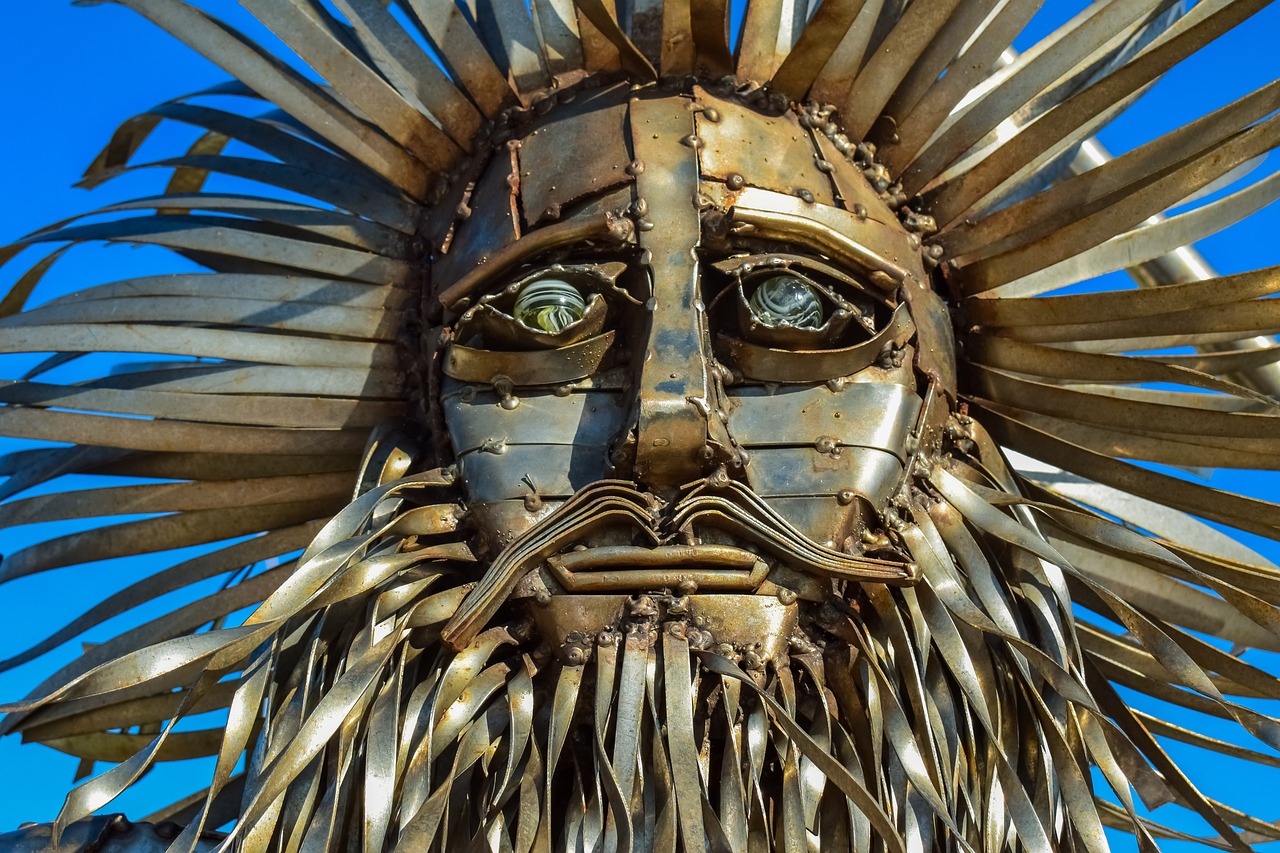The Tale of Gong Gong and the Goddess Nüwa in Chinese Mythology
In the realm of Chinese mythology, Gong Gong emerges as a notably tempestuous water spirit, often depicted as a fierce black dragon or a tumultuous aquatic creature. His character exemplifies discontentment with the orderly hierarchy prevalent in the spiritual domains, which include the earthly realm, the heavens, and the underworld. Instead of enjoying the prestige associated with his strength, Gong Gong found himself assigned to menial responsibilities in the heavenly court, which led to his growing frustration. Unable to cope with the monotony of these duties, he revolted against the Jade Emperor, aiming to seize dominance over the heavens by unleashing catastrophic floods and enlisting the help of the nefarious nine-headed demon, Xiangliu.
The Destruction Unleashed by Gong Gong
The alliance between Gong Gong and Xiangliu brought forth significant devastation throughout the cosmos, resulting in countless casualties. Despite their combined malevolence and destruction, they ultimately found themselves at odds with the heavenly forces. The valiant Zhu Rong, the fire deity and protector of the southern realms, stood against them with unparalleled ferocity, mounted upon his magical tiger. As victory appeared imminent for Zhu Rong, Gong Gong, filled with rage and embarrassment, threw himself at Mount Buzhou—one of the key pillars supporting the heavenly realm. The mountain succumbed to his might, leading to a catastrophic collapse and a breach in the celestial canopy. This act of desperation heralded a new wave of calamity, releasing floods and fierce creatures into the world, plunging humanity into famine and dread.
Nüwa’s Act of Creation and Restoration
As chaos reigned and the other deities found themselves powerless to address the turmoil, the creator goddess Nüwa emerged as a beacon of hope. In a magnificent display of ingenuity, she severed the legs of a giant turtle to support the sky once more. She then retrieved precious stones from a nearby river, infusing them with her magical essence. These vibrant stones became the building blocks for mending the heavens. Narrative variations of this myth present different fates for Gong Gong; in some tales, Nüwa successfully slays him, while in others, he eludes capture and remains free. Nevertheless, even Nüwa’s repairs were imperfect, resulting in celestial changes—where the sun and moon now traversed the skies from east to west, and the stars drifted with the changing seasons, disrupting their eternal courses.
Contemporary Interpretation of Nüwa’s Myth
Interestingly, this ancient myth serves as an inspiration for my favored Chinese novel, arguably my favorite from any culture. “The Story of the Stone,” authored by Cao Xueqin in the eighteenth century during the Qing dynasty’s decline, mirrors the themes of loss and transformation. This expansive narrative chronicles the downfall of a prominent princely family, embodying a broader representation of human existence and the inevitable changes life brings. The novel features an impressive cast, with 40 principal characters and over four hundred minor figures, encapsulating the vast tapestry of Chinese history and culture across thousands of pages.
Beyond the intricate tale of personal dramas and societal dynamics, “The Story of the Stone” subtly alludes to a profound divine order shaping the universe. Characters often encounter a mysterious beggar who possesses magical remedies, while the female lead is imbued with an ethereal allure. The protagonist, Jia Baoyu, possesses a piece of jade in his mouth at birth, unveiling his connection to Nüwa’s handiwork. Although he is not utilized in the repair of the heavens due to a flaw, he is a gemstone that was imbued with life—a metaphor for all humanity. His journey as a mortal encapsulates the narrative of the human experience, rich with its complexities and tragedies.
Though my words only hint at the genius and depth of “The Story of the Stone,” I must emphasize its status as an unparalleled literary treasure within China, encapsulating heart-wrenching sorrow and the bittersweet nature of existence.



